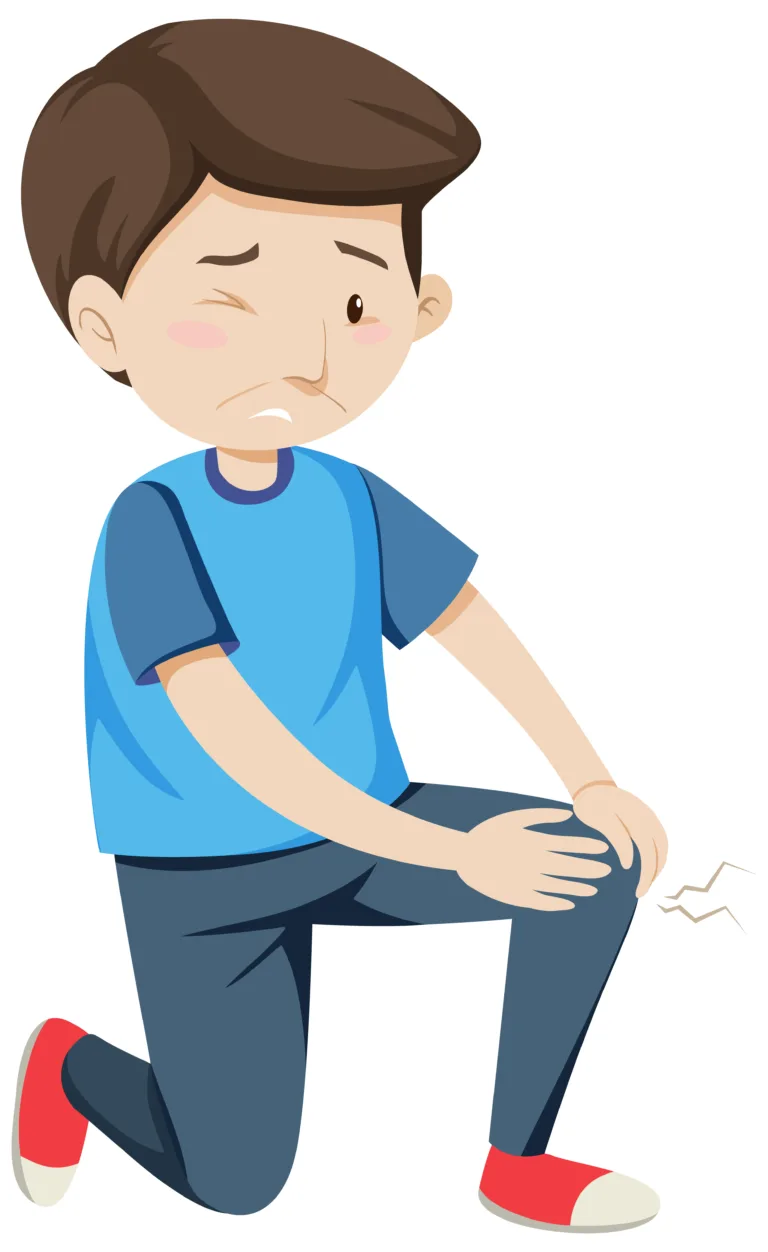Sever’s disease
Sever’s disease, also known as calcaneal apophysitis, is a common cause of heel pain in growing children and adolescents. It occurs when the growth plate (apophysis) in the heel, which is a part of the bone that is still developing, becomes inflamed. This condition is most often seen in children who are physically active, especially in those who participate in activities that involve running and jumping.
The main symptoms of Sever’s disease include pain in the heel, which can be exacerbated by physical activity. The pain typically subsides with rest. Other symptoms may include tenderness and swelling in the heel area.
The exact cause of Sever’s disease is not entirely clear, but it is believed to be related to repetitive stress on the heel from sports and physical activities, combined with the growth spurts that typically occur during childhood and adolescence. This can lead to muscle strain and inflammation of the growth plate.
Treatment for Sever’s disease typically involves rest, ice, and over-the-counter pain relievers to reduce pain and swelling. Stretching exercises, orthotic shoe inserts, and physical therapy can also be beneficial. Most importantly, limiting activities that exacerbate the condition is crucial. The condition usually resolves on its own once the growth plate in the heel fully develops, which occurs by the late teenage years.
As always, it’s important for a healthcare professional to diagnose and provide a treatment plan for Sever’s disease or any other medical condition.
------------From our Sponsors------------







